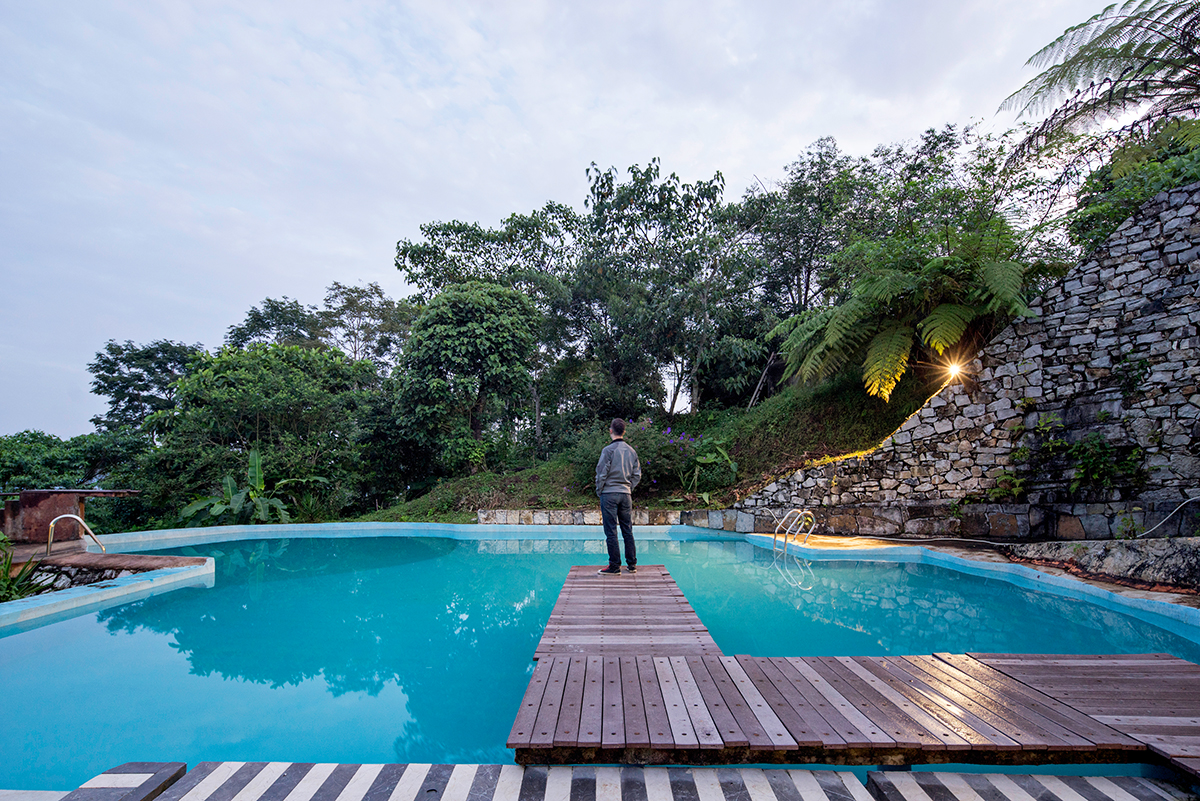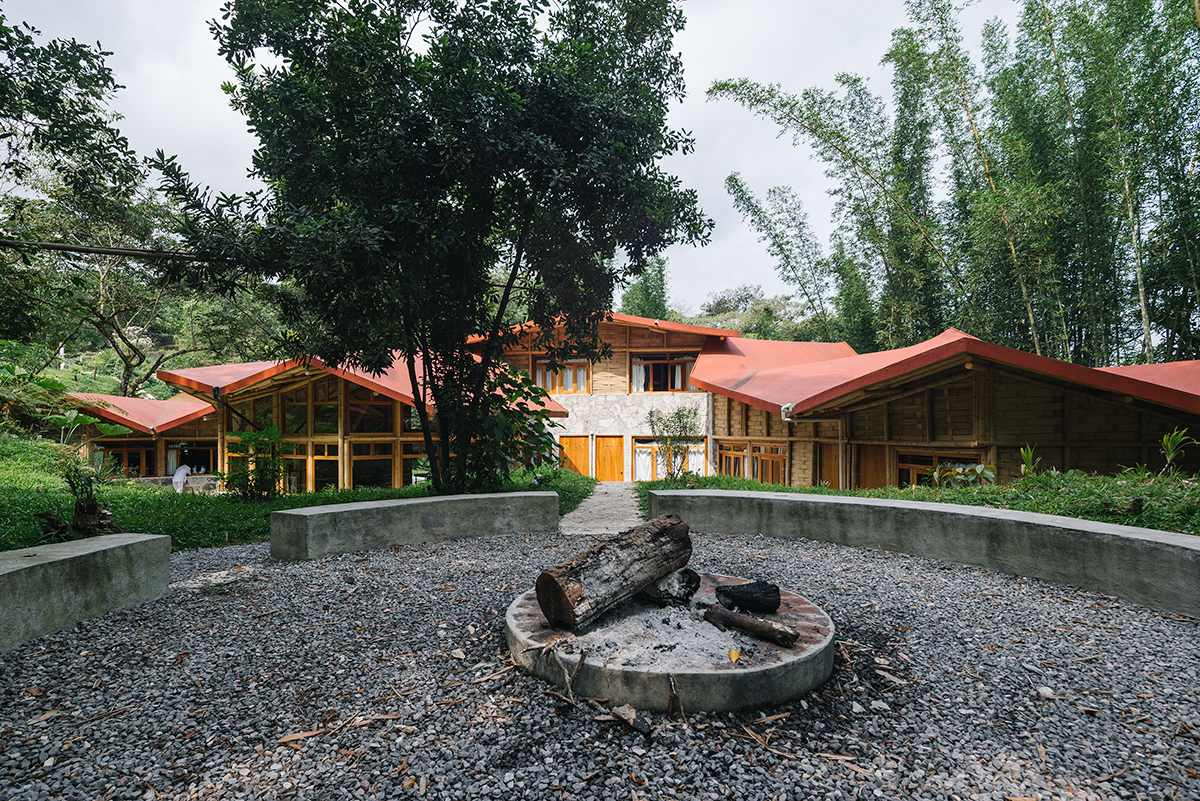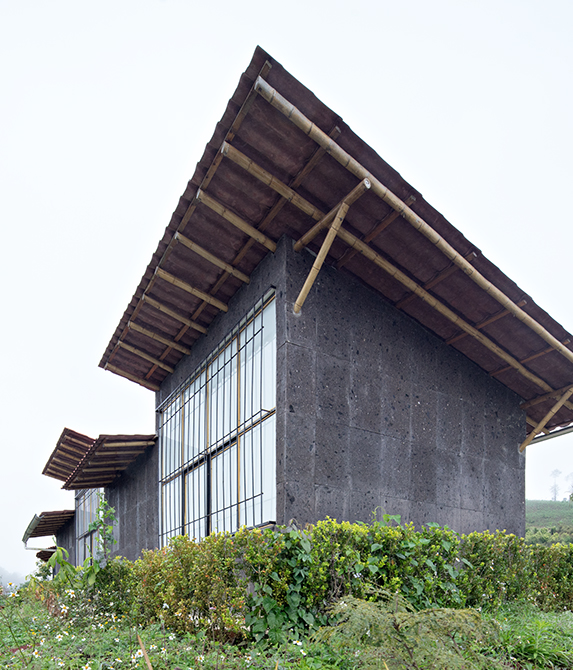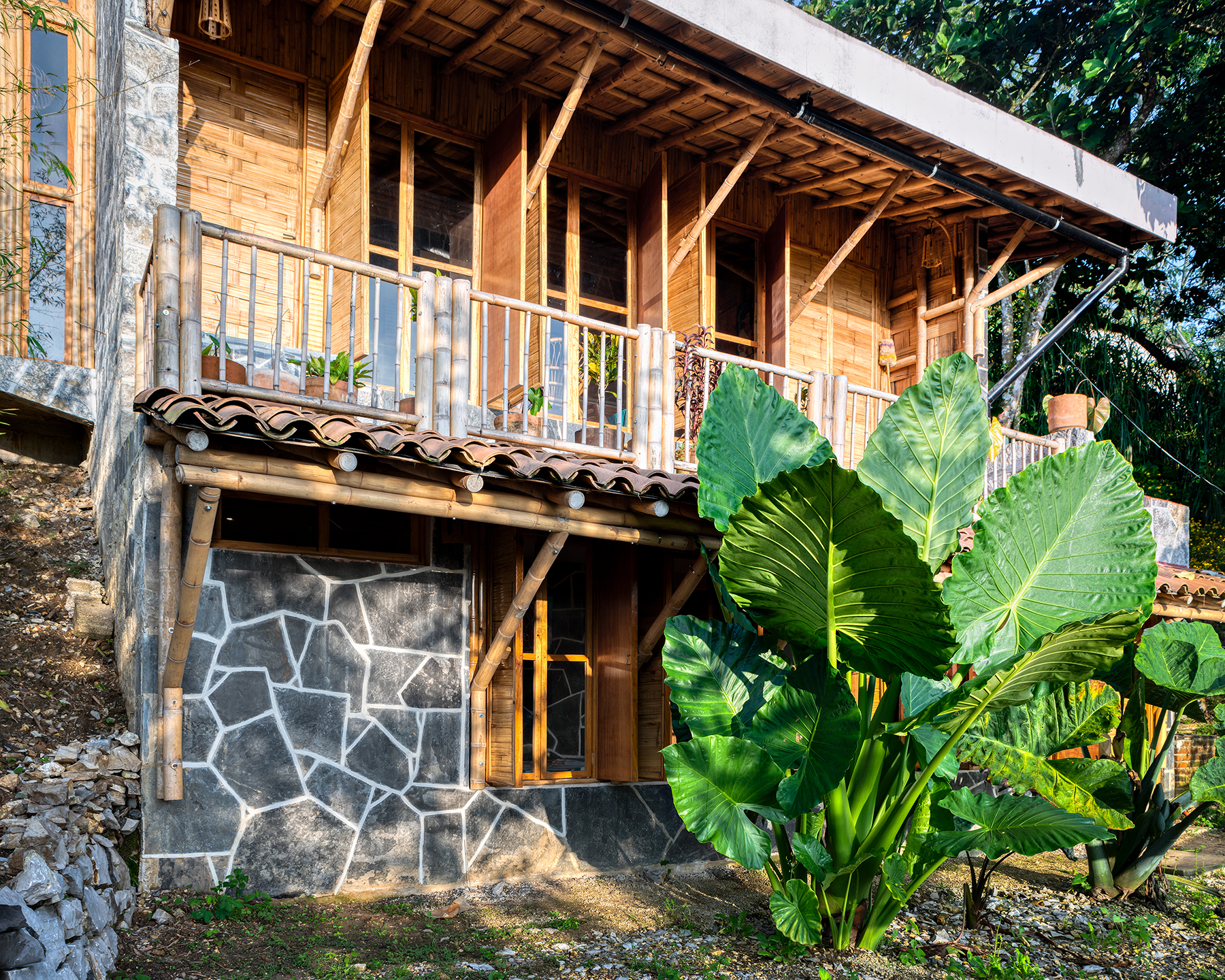Cafeína Positive Architecture.
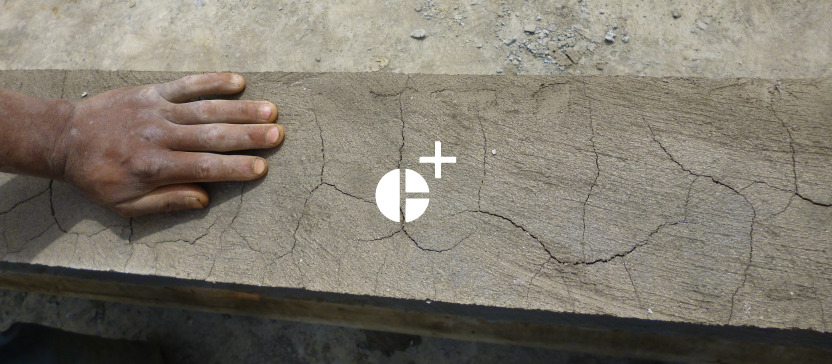
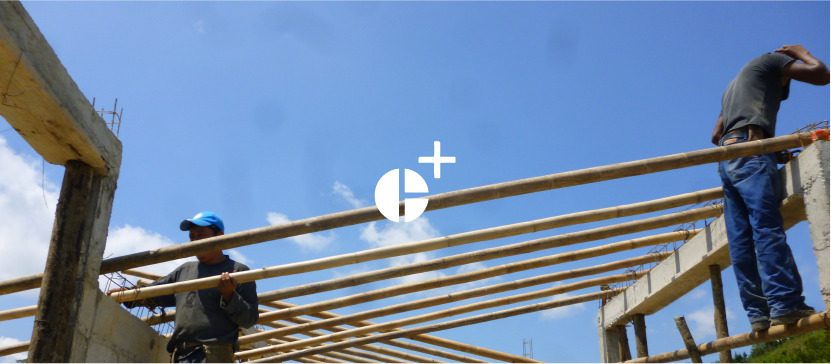
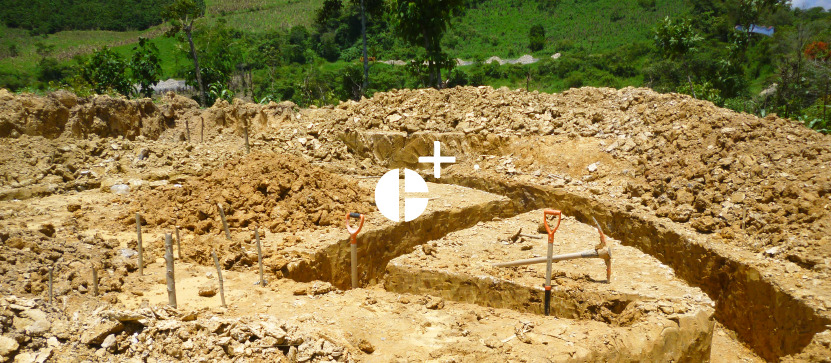
Is part of Cafeína Design, and it surges as an initiative to improve the conditions of people living in marginality throughout architectural projects.
Cafeína was born in the mountain regions of the Mexican state of Puebla, designing architectural projects for indigenous communities who trusted in us to shape educational, social housing, and ecotourist projects, that could become sources of long-term income and opportunities for the members of such communities.
Ever since, we are convinced of the transformative impact of architecture in the communities where they are located. That is why we conduct non-profit, projects and ideas, accompanied by multi-disciplinary set of specialists that promote a more human, innovative and positive future.

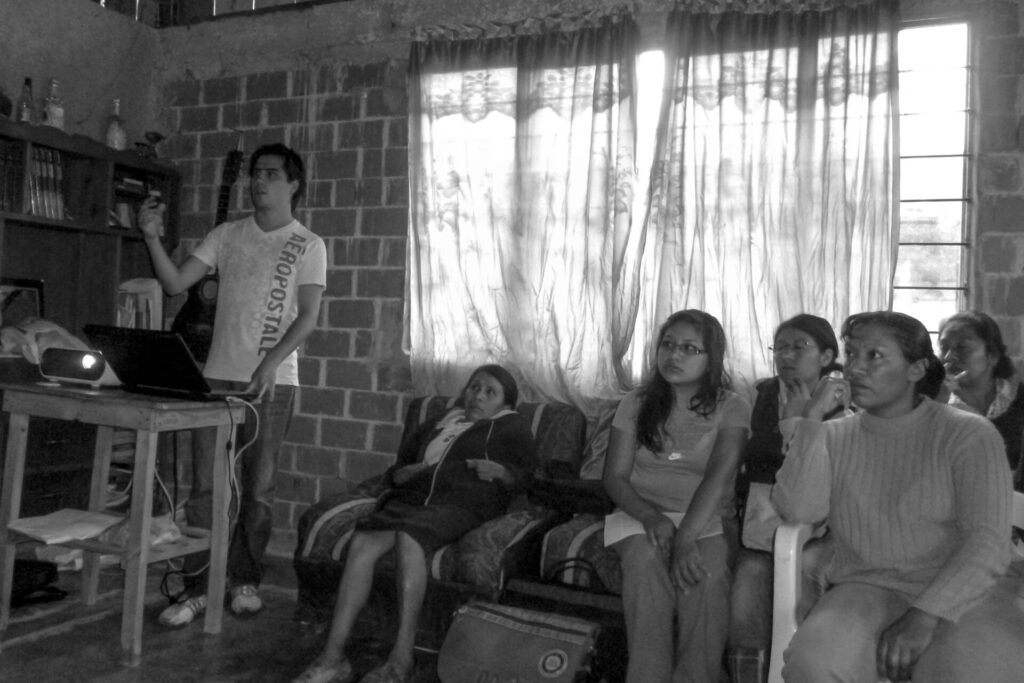

How do we achieve Sustainability at Cafeína Design?
For us, each project is unique, so we consider it important and necessary to generate sustainable architecture that provides comprehensive solutions to complex problems, mitigating the negative impacts of climate change.
Therefore we developed the “MSCD” (Cafeina Design Sustainability Model) a comprehensive approach that serves as guidance in each project. The model integrates the minimum necessary actions to take into account to develop sustainable projects, implementing each action from an environmental, social, and economic perspective.
The “MSCD” was created taking into account the rating categories used by the different certification systems that have been worldwide references for sustainable buildings such as LEED, BREEAM, Green, DGNB, among others, and the 3 essential pillars of sustainable development. exposed in the “Brundtland Report”.

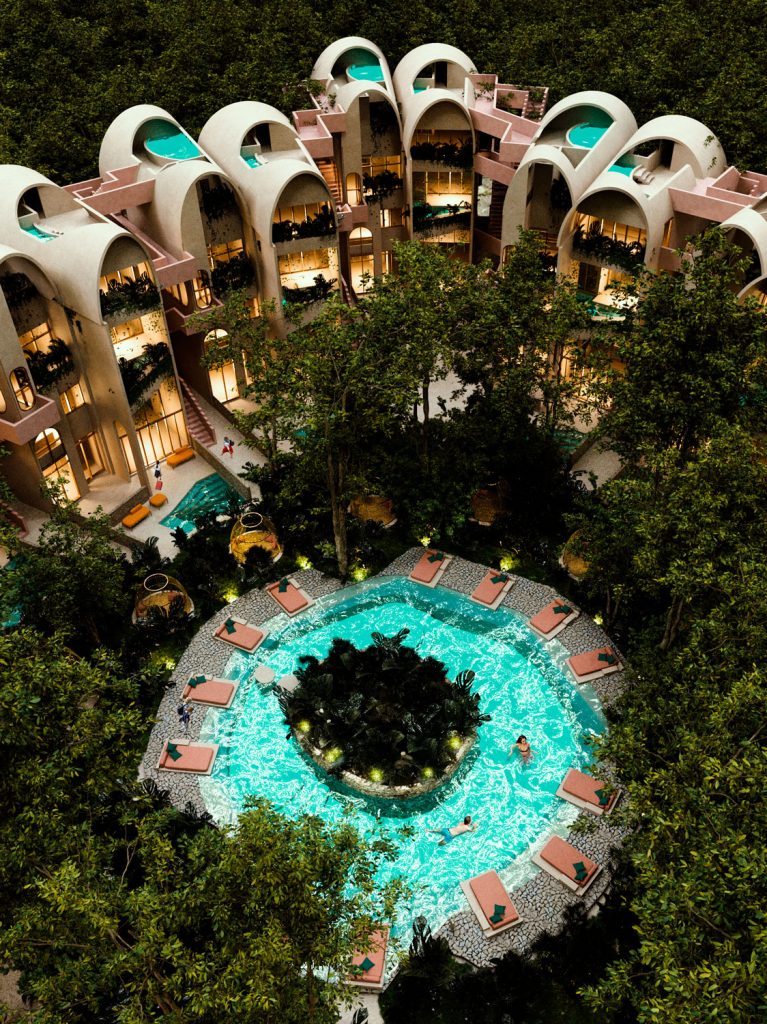
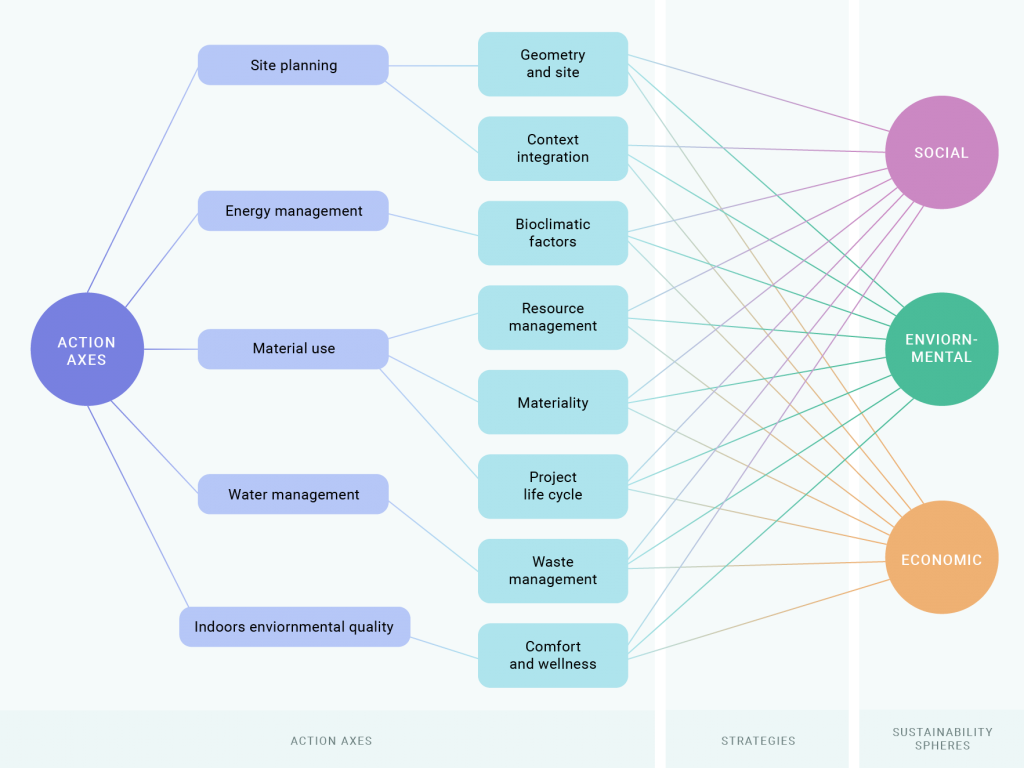
Cafeina Design Sustainability Model
Our sustainability model is classified as follows:
• Lines of action
• Strategies
• Sustainability spheres
When we start a project, the sustainable lines of action with the highest priority are defined, depending on the nature, budget and objectives of each project and client, always taking into account the site where it is located and even its life cycle. For example, the lines of action do not have the same order of priority in a project in the commercial or education sector, where the connection with the environment and social integration may be more relevant, than in a housing project. For us, all lines of action are important.
Projects



